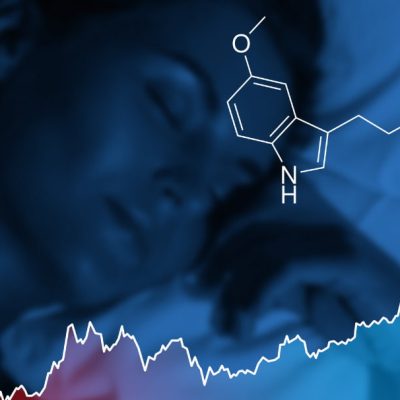A new method has been developed that can remove up to 98% of micro-pollutants from drinking water. Traditional water purification and treatment technologies are unable to filter out these pollutants. Although Germany has excellent drinking water quality compared to other countries, drugs, pesticides, chemicals, and hormones can still enter the water supply through wastewater. This is particularly problematic for hormonally active compounds such as estradiol, testosterone, and progesterone, which can have a biological effect even at nanoscale concentrations. Researchers at the Karlsruhe Institute of Technology (KIT) have developed a new method to detect and remove micro-pollutants using a photokatalytic process.
The process involves irradiating a large-pore polymer membrane with light as a reaction trigger. The membrane is coated with palladium-porphyrin, a molecule that absorbs the visible spectrum of light. When simulated sunlight hits the coated membrane, it activates a chemical process that produces highly reactive singlet oxygen species. These species then react with the hormone molecules in the water, converting them into harmless oxidation products. The new method has been shown to chemically break down micro-pollutants to the nanoscale level.
The researchers have found that the new method can remove the biologically active steroid hormone estradiol from water by 98%. It can also remove a significant portion of mixed steroid hormones, which is more practical. The team plans to optimize the photokatalytic process for industrial-scale use by investigating the amount of porphyrin and light intensity required. They also want to explore whether other metals can be used instead of the expensive palladium from the platinum group. This study provides new insights into solar-powered photokatalytic water treatment technologies for effective removal of micro-pollutants.










